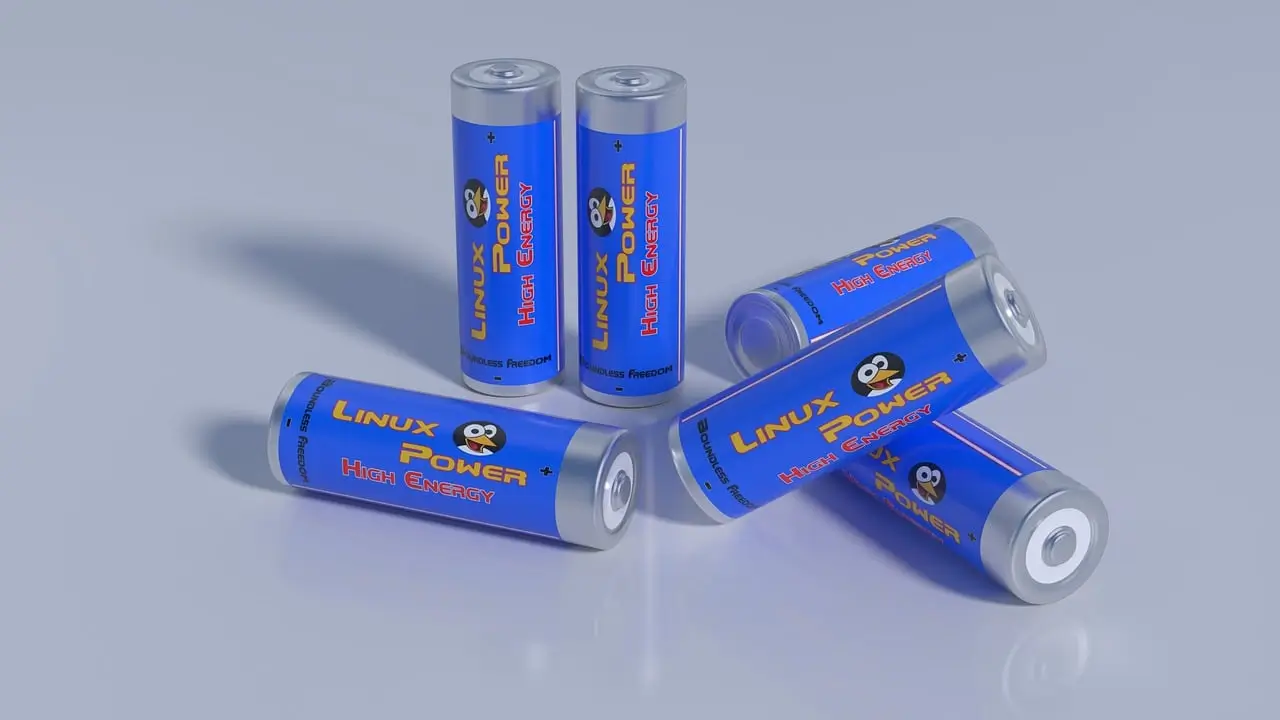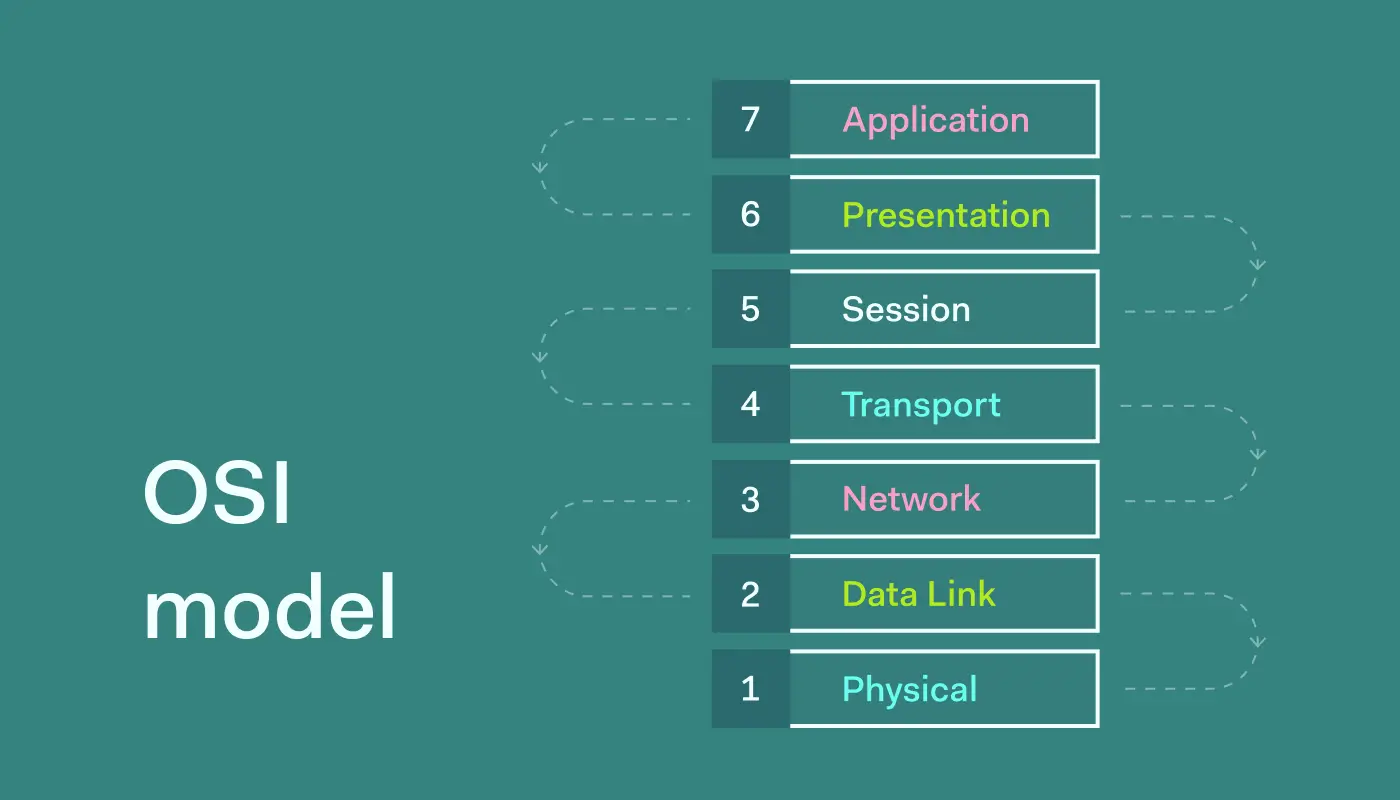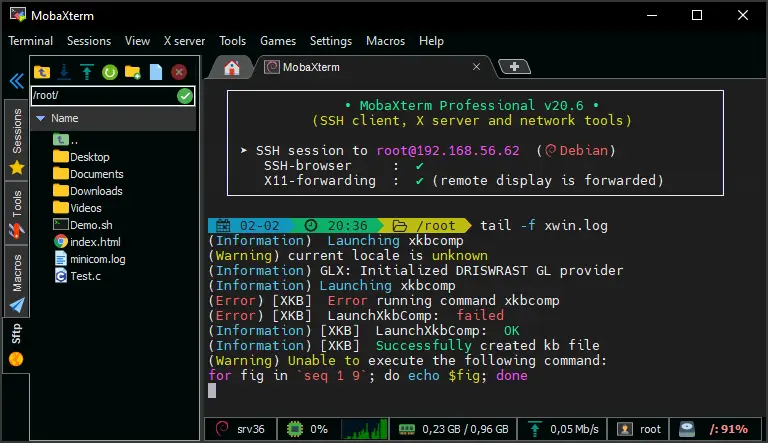Li-Ion Batteries: Materials and Production Process

Lithium-ion (Li-ion) batteries are one of the most popular types of batteries today. Their high energy density, long life span, and recharging efficiency make them a top choice for a variety of applications, from consumer electronics to electric vehicles. But have you ever wondered what exactly these batteries are made of? This article will discuss in detail the materials that make up Li-ion batteries, how they are processed, and their impact on the environment.
Main Components of Li-Ion Batteries
Li-ion batteries are made up of several main components that work together to store and release energy. These components include:
- Positive electrode (cathode)
- Negative electrode (anode)
- Electrolyte
- Separator
- Casing or packaging
Each of these components is made of specific materials designed to optimize battery performance. Here is a detailed explanation of the materials used for each component.
a. Cathode Material
The cathode is the positive electrode in a Li-ion battery, which is the source of lithium ions during the energy release process. Cathode materials are usually made of lithium-rich metal oxide-based compounds. Some common types of cathode materials include:
- Lithium Cobalt Oxide (LiCoO2)
- Used in electronic devices such as mobile phones and laptops.
- Has a high energy density but tends to be more expensive and less stable at high temperatures.
- Lithium Manganese Oxide (LiMn2O4)
- More environmentally friendly and cheaper than LiCoO2.
- Used in portable power tools and electric vehicles.
- Lithium Nickel Manganese Cobalt Oxide (LiNiMnCoO2 or NMC)
- Combines the advantages of three metals: nickel, manganese, and cobalt.
- Commonly used in electric vehicles because it has a high energy density and long service life.
- Lithium Iron Phosphate (LiFePO4)
- Thermally stable and has a long cycle life.
- Suitable for applications that require high safety, such as energy storage systems.
b. Anode Material
The anode is the negative electrode that functions to store lithium ions during the recharging process. The most commonly used material for anodes is graphite.
- Natural graphite and synthetic graphite are the main choices because of their high electrochemical stability and ability to store lithium ions efficiently.
- Current research is also developing silicon and carbon nano-based anode materials to increase energy storage capacity.
c. Electrolyte
The electrolyte functions as a medium that allows the movement of lithium ions between the cathode and anode. Electrolyte materials are usually liquids, gels, or solids.
- Liquid electrolyte: A solution of lithium hexafluorophosphate (LiPF6) dissolved in a mixture of organic solvents such as ethylene carbonate (EC) and dimethyl carbonate (DMC).
- Solid electrolyte: Ceramic-based materials such as sulfides and oxides that are being developed for solid-state batteries.
d. Separator
A separator is a thin layer that separates the cathode and anode to prevent short circuits. The separator material is usually a microporous polymer such as polyethylene (PE) or polypropylene (PP).
This separator is designed to withstand high temperatures and has good electrophilic properties to absorb electrolytes.
e. Casing or Packaging
Li-ion battery packaging is usually made of metal such as aluminum or stainless steel to provide physical protection and prevent electrolyte leakage.
Li-Ion Battery Production Process
The manufacture of Li-ion batteries involves several complex stages that ensure each component is assembled with high precision. Here are the main steps:
- Electrode Material Preparation
- The cathode and anode materials are mixed with a binder and solvent to form an electrode paste.
- This paste is then coated onto a metal foil: aluminum for the cathode and copper for the anode.
- Coating and Drying
The electrode layers are dried using a vacuum oven to remove moisture.
- Cell Assembly
- The cathode, separator, and anode electrodes are rolled or laminated into a battery cell.
- The electrolyte is then added to the cell before being sealed.
- Formation and Testing
- The battery cell undergoes a formation process, which is an initial charge and discharge cycle to ensure electrochemical stability.
- The battery is tested to ensure its performance and safety.
Environmental Impact of Li-Ion Battery Materials
While Li-ion batteries have great benefits for green technology, their production process has significant environmental impacts. Some of the key issues include:
- Metal Exploitation
- Mining of metals such as cobalt, nickel, and lithium can damage local ecosystems and deplete natural resources.
- Cobalt mining, particularly in the Democratic Republic of Congo, is often associated with human rights abuses.
- Recycling
- Li-ion batteries are difficult to recycle due to the complexity of the material.
- Recycling technologies are evolving to extract valuable metals such as lithium, nickel, and cobalt from used batteries.
- Carbon Footprint
- Battery production is energy-intensive, especially in the extraction and processing of materials.
- Using renewable energy in the production process can help reduce the carbon footprint.
Future Innovations
Research is ongoing to improve the performance of Li-ion batteries and reduce their environmental impact. Some of the innovations include:
-
Solid-state batteries: Replacing liquid electrolytes with solid electrolytes to improve safety and energy density.
-
Alternative materials: Use of sulfur or silicon-based cathode materials to replace heavy metals such as cobalt.
-
Recycling technologies: Development of more efficient methods to recycle used batteries.
Conclusion
Li-ion batteries are a key technology for the future of renewable energy and electric vehicles. The materials they are made of, from the cathode to the casing, play a critical role in determining their performance and sustainability. While there are environmental challenges in their production and recycling, technological innovation continues to pave the way for greener solutions.
With a better understanding of what makes Li-ion batteries work, we can better appreciate this technology and support efforts to make it more sustainable.
That’s all the articles from Admin, hopefully useful… Thank you for stopping by…





